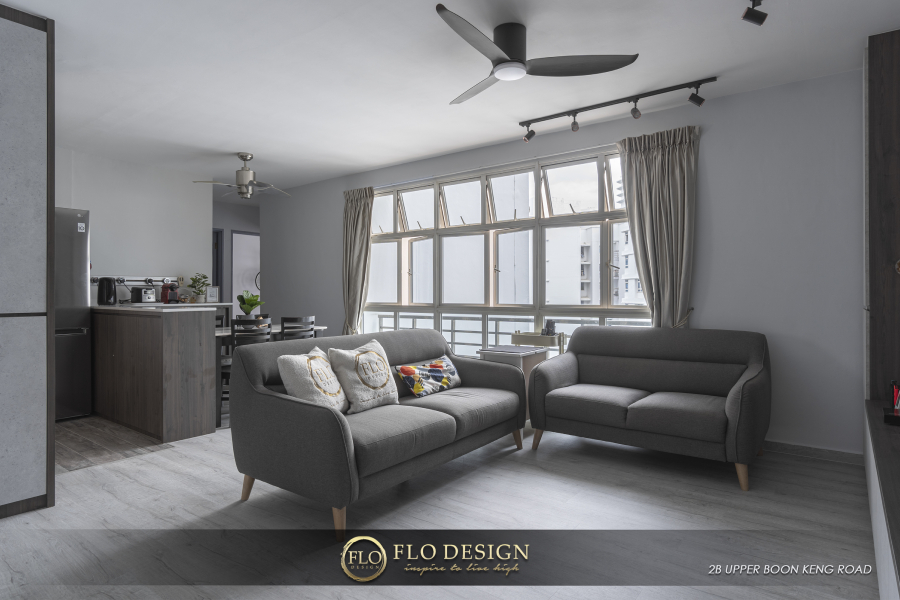
Home renovation projects are intimidating—if done poorly, your dream home could look off-putting, chaotic, and haphazard. As such, it is critical that you go into the project with a strategy and a robust understanding of fundamental interior design principles.
This article covers additional home styling tips and hacks to help you transform your living space. Read on to find out more.
The Rule of Threes
Objects look better when they’re in groups of three. The arrangement may seem sparse and random when there are only one or two items. With four or more items, the grouping looks messy, causing your visual senses to get overwhelmed.
Groupings of three work best: because three is an odd number, your eyes tend to move around more, creating a more dynamic and engaging visual experience.
The simplest way to follow this rule is to use matching sets of decor. For example, you can group three pillows on a sofa.
Otherwise, consider using thematic sets of three, where items of similar function are grouped together. A thematic set in the kitchen could consist of a pepper mill, a spice jar, and a salt jar.
Wall Art
According to experts, the rule of thumb for hanging art is to have the centre of the piece be 57 inches (about 145 cm). This positioning ensures that the artwork is at eye level so it can be admired comfortably.
However, the 57-inch rule is not always perfect. If your art piece is hung across a seating area, consider positioning it lower so those seated can appreciate it without craning their neck. If it is hung above obstructions like a dining table or a mantle, the bottom of the frame should be at least 6 inches (about 15 cm) above the top of the feature.
Layering Lights
Layered lighting is essential as it adds depth and texture to a room, transforming dull spaces into engaging ones. It is also vital as it helps set the mood and ambience.
Moreover, in compact spaces, lights can trick your eyes into perceiving the space as more open and airy.
There are three main types of lighting in interior design: general, accent, and task lighting. General lighting illuminates most of the room, while accent lighting highlights the more visually interesting features. Task lighting is direct lighting used for specific tasks.
Textures
Different textures—from sofas to curtains and blinds—create different moods and looks. For example, lighter fabrics create a more youthful and airy atmosphere, while heavier fabrics create a sense of elegance and maturity.
It is also helpful to consider furniture texture: do you want a cool, minimalistic marble table or a rustic wooden one instead?
Mix and Match
When all your furniture pieces follow the same style and concept, your home may look like something out of a home goods catalogue—beautiful but impersonal and generic. Hence, it may be beneficial to mix and match.
Following a colour scheme is an easy way to mix and match without having your furniture pieces look out of place. Keeping the colours simple ensures you do not visually overwhelm inhabitants and guests.
You can also opt for a common material. For example, the same wood can be used for your upholstery and dining room table.

Conclusion
There are numerous elements to consider in an interior design project. Hopefully, this guide has helped shed light on some styling tips to consider, from layering lights to mixing and matching styles.
If you’re looking for interior design services in Singapore, contact us at Flo Design. We offer landed, condo, and BTO interior design services.




